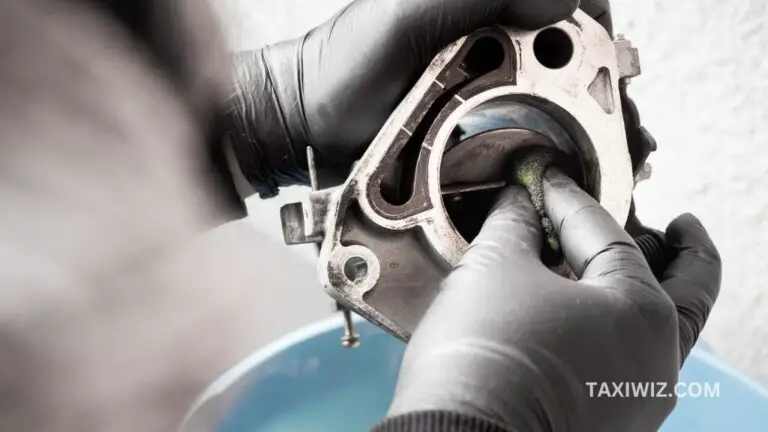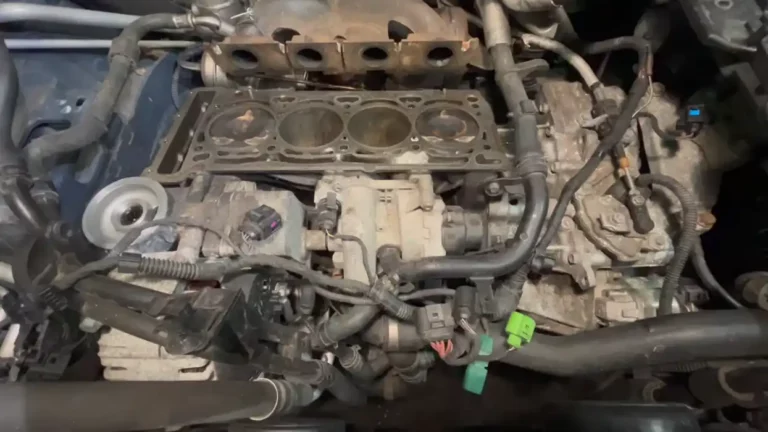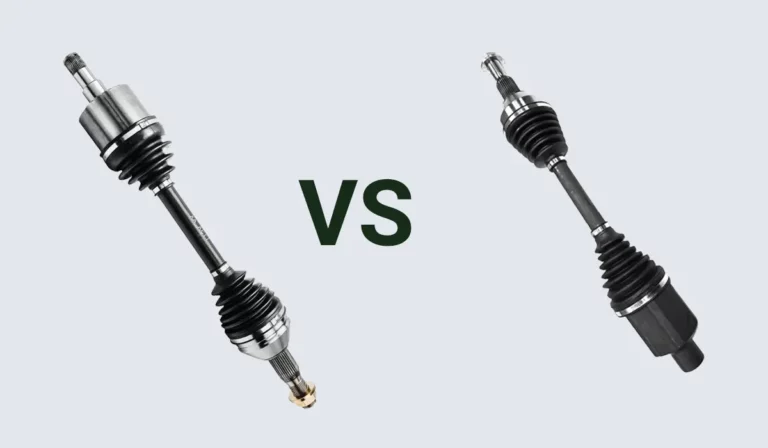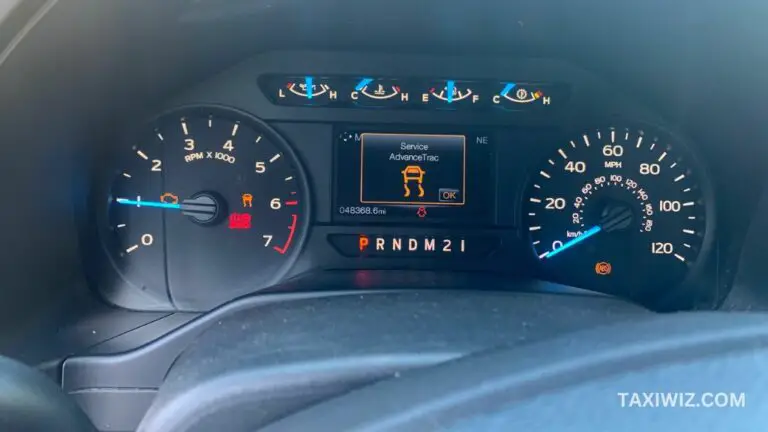Can I Just Replace the AC Compressor In My Car/Vehicle?
We all know about the crucial role air conditioner plays in a car to provide a comfortable experience – especially during summer.
So, it can be easy to worry when the AC compressor shows warning signs of malfunctions. So, is it a serious issue or can you just replace the AC compressor in the car?
It is easily possible to replace the AC compressor in your car. The process is easy; remove the old compressor, prepare the new one, and install it.
Here, we’ll tell you about the process in detail.
How an AC Compressor Works?
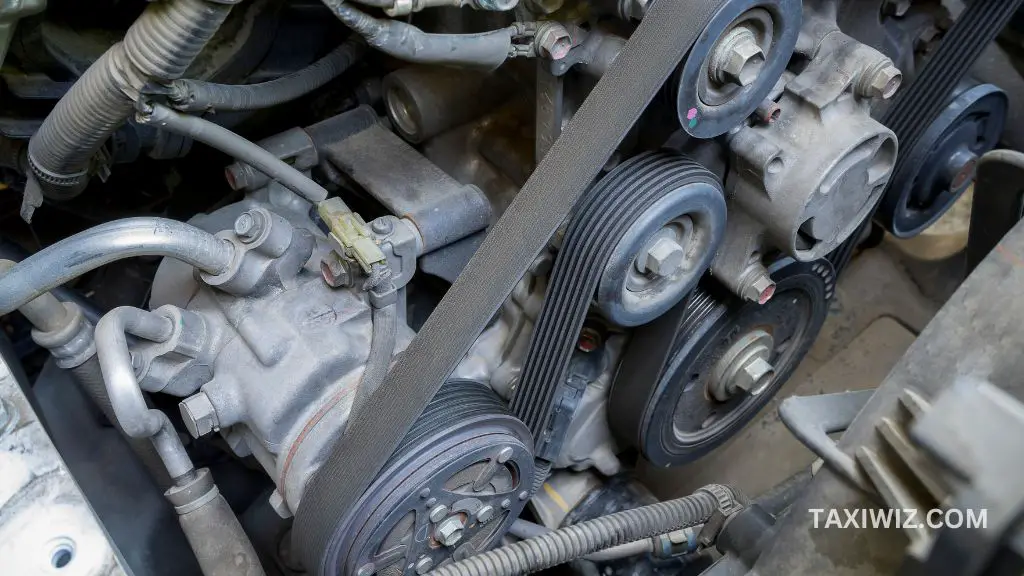
The compressor plays a key role in the cooling process of an air conditioner, let’s take a look at how it works:
1. Compressor Operation:
The compressor is normally powered by the engine and is belt-driven. It’s attached to the crankshaft using a pulley and belt system.
Once you turn on the AC, the compressor starts to rotate at a high speed. This rotation initiates the cooling process by creating a low-pressure area that draws in the refrigerant gas from the evaporator.
2. Refrigerant Compression:
The primary task of this compressor is to pressurize the low-pressure refrigerant gas received from the evaporator.
Once the gas gets inside the compressor, it applies mechanical force to increase the gas pressure and temperature.
By undergoing this process, the refrigerant is turned into a high-temperature, high-pressure gas that is ready for the next stage of the cooling cycle.
3. Heat Exchange:
After the refrigerant gas is compressed, it is sent to the condenser which is located at the front of the radiator.
The condenser plays the role of a heat exchanger that allows the pressurized gas to release heat in the surrounding air.
When the refrigerant dispels heat, it transitions into a state of high-pressure liquid. This process triggers the next stage of the cooling process.
4. Expansion Valve:
In the next step, the high-pressure liquid refrigerant travels through an orifice tube or expansion valve.
These components are what help to regulate the flow of refrigerant and reduce its pressure. When the refrigerant goesinside the expansion valve, it goes through a rapidly decreasing pressure.
Which transforms it into a low-pressure, low-temperature mixture, that is ready for the final stage of the cooling cycle.
5. Evaporator Cooling:
Next, the low-pressure refrigerant mixture enters the evaporator, which is located inside the vehicle’s cabin.
Inside the evaporator, the refrigerant expands which causes the temperature to drop. This effectively cools down the air which is then directed into the cabin through the air conditioning vents.
6. Return to Compressor:
After absorbing the heat into the evaporator and cooling down the cabin air, the refrigerant which is now in a low-pressure gaseous state, returns to the compressor to begin the cycle again.
Understanding the particulars of how the compressor is needed as it’ll allow you to have a comprehensive grasp of each process and where it occurs.
Read also >> AC Off Due To High Engine Temp Chevy Cruze (Causes & Fixes!)
How To Replace the AC Compressor in the Car?
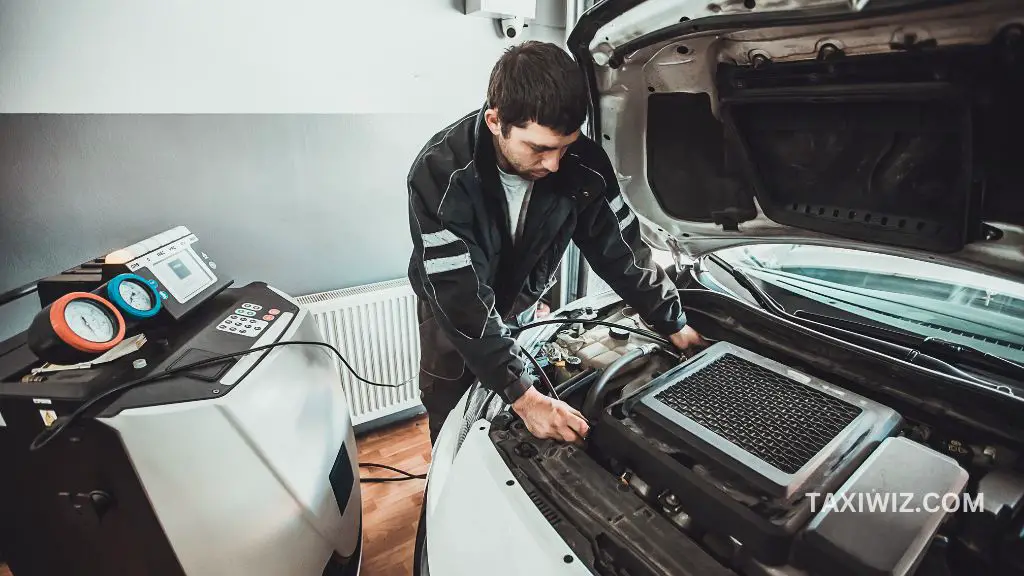
Let’s get you a descriptive step-by-step guide on what you need to do to successfully change your car’s AC compressor.
- Things You Need
For this, you’ll require wrenches, a torque wrench, sockets, a vacuum pump, a refrigerant recovery machine, a manifold gauge set, and a new compressor.
- Safety Precautions
For safety purposes, you should keep refrigerant handling equipment, gloves, and safety goggles. We’ll also recommend you wear proper personal protective equipment (PPE).
You should also make yourself familiarize with how to handle, recover, and dispose of the refrigerant safely.
- Refrigerant Recovery
Once you have the first two steps covered, it is then time to safely remove the refrigerant from the AC system with the help of the refrigerant recovery machine.
- Remove The Old Compressor
Depending on the type of your vehicle, you may need to remove components such as hoses, lines, or mounting brackets to access the compressor.
Once you have removed the needed components, disconnect the electrical connections to the compressor and remove the compressor belt.
Keep in mind that if you require help figuring out how the remove the connections, a layout is given in the installation manual.
- Prepare The New Compressor
If your new compressor matches the specification of the current one, then you can transfer components that are still usable, into the new one. Items include clutch assembly or sensors.
- Install The New Compressor
Align the new compressor with the help of mounting brackets into the right position.
Then you need to reconnect the lines, hoses, and electrical connections and ensure that they are securely attached. For safety purposes, please follow the torque specifications for bolts and fittings.
- System Evacuation
Now, you need to use the vacuum pump to empty the AC system. By following this process, you will remove any moisture or air from the system which could have affected its performance.
We will recommend you follow the manufacturer’s instructions for the recommended removal time.
- Recharge the AC System
After you have properly evacuated the system, you now must recharge the AC system with the correct type and amount of refrigerant. Use a manifold gauge set to monitor the pressure levels and guarantee the system is properly charged.
- Test the AC System
The final step is to check if you have installed the compressor correctly. To do so you need to turn on the AC and monitor its performance.
Check for any leaks, unusual noises, or other issues such as cooling performance. If you are happy with the performance of your AC, you can rest assured that you were successful in replacing your AC compressor.
Different Types of Car AC Compressors
There are a few different types of AC compressors, continue reading to learn about the three most popular ones:
- Piston Compressor
This type of compressor is composed of a piston-cylinder mechanism that compresses the refrigerant gas.
It is also known as a swash plate or wobble plate compressor and is commonly found in older cars. That being said, you may even find them in modern cars such as Hyundai Elantra.
- Rotary Compressor
You will find rotary compressors in most modern vehicles are they are lighter, more compact, and more efficient compared to piston compressors. This compressor uses rotating blades to compress the refrigerant gas.
- Scroll Compressor
Currently the best in the market – this compressor feature two spiral-shaped scrolls; one which remains stationary while another orbits to trap and compress the refrigerant.
Scroll compressors are much smoother and quieter which is why they’re gaining so much popularity in automotive applications.
Frequently Asked Questions (FAQs)
Can I replace the AC compressor without emptying the refrigerant?
Absolutely not. It is mandatory to properly evacuate the refrigerant to ensure safety and prevent environmental damage.
Will it be a problem if I use a used AC compressor as a replacement?
While you can do it, we will advise against it as its reliability will be unknown and may lead to premature failure.
Is It ok to drive my car with a faulty AC compressor?
You can drive your car with a faulty AC compressor but know that doing so may hamper the overall performance of your AC system.
Conclusion – Can I Just Replace the AC Compressor In My Car
The AC compressor is vital to the vehicle’s cooling system.
Thus, we must take good care of it and be especially careful when the time for replacement comes.
We hope we provided you with ample information for you to decide whether you can get the job done by yourself or if you’ll require professional help.

